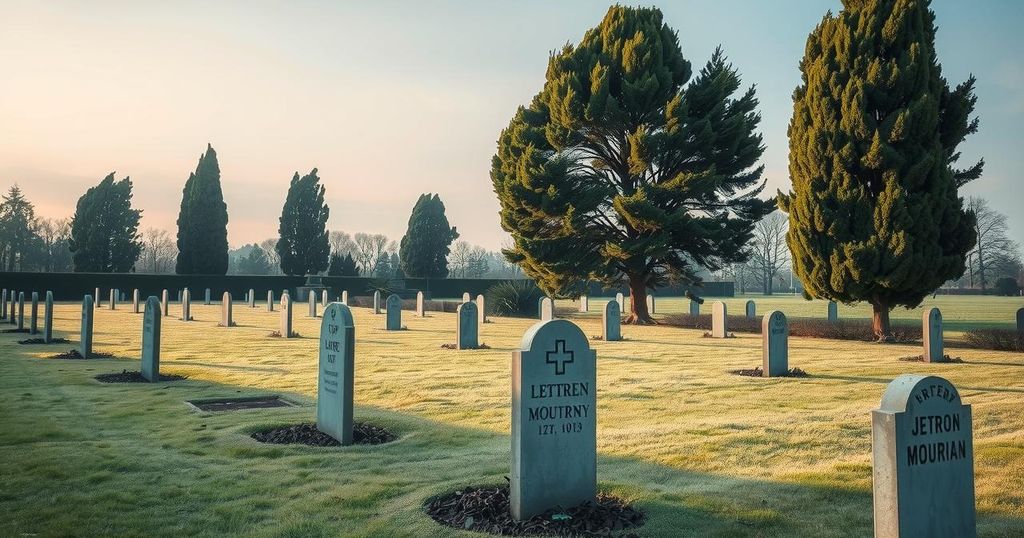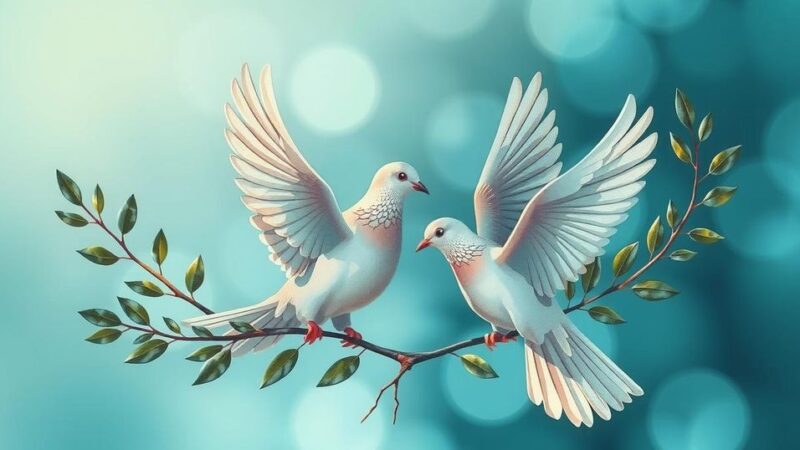In Goma, nearly 3,000 individuals lost their lives amid intense fighting as M23 rebels captured the city. Humanitarian teams are preparing for mass burials, confronting both physical and emotional challenges in the wake of the violence. Experts warn of possible wider conflict involving regional players, emphasizing the dire humanitarian situation in the wake of this unprecedented toll.
In Goma, Democratic Republic of Congo, the aftermath of a deadly conflict sees the city preparing for mass burials as nearly 3,000 lives were lost during a fierce battle. Rebel forces, known as M23, captured Goma, escalating ongoing tensions and violence in the region. Humanitarian workers and locals are grappling with the grim task of addressing the mounting casualties amidst an overwhelming sense of despair.
Excavation teams have been working tirelessly to prepare long trenches in the volcanic soil for burial. Among those responding to the crisis are individuals in hazmat suits alongside teenagers wearing makeshift masks, all combating both the physical and psychological challenges presented by the stench of the deceased.
According to preliminary reports by the United Nations, the confrontation with M23 rebels, reportedly backed by Rwanda, resulted in one of the highest casualty rates in recent memory. The United Nations has outlined the seriousness of this situation against the backdrop of decades of conflict in Congo, where the toll from civil strife and ethnic conflict continues to rise.
Although fighting has subsided in Goma, fears loom over the potential for broader conflict involving Congo, Rwanda, and their respective allies, which could reignite ethnic tensions and violence. Observers state that the speed and severity of recent events are unprecedented even in a country long afflicted by war.
As the situation develops, international and local organizations remain vigilant, seeking to address humanitarian needs while supporting affected populations in Goma. The impacts of these tragic events underscore the continuing cycle of violence that has plagued the region for generations.
The Democratic Republic of Congo has experienced ongoing conflict for over thirty years, primarily fueled by ethnic tensions and competitions over land and mineral resources. Goma, a strategic city in the eastern part of the country, has frequently been caught in the crossfire of skirmishes between various armed factions, notably the M23 rebel group. The recent spike in violence has prompted international attention due to the devastating humanitarian implications.
The tragic events in Goma reflect a grave humanitarian crisis as the region grapples with the aftermath of severe conflict. With nearly 3,000 fatalities within a week, the potential for escalating regional violence remains high. Continuous international support and local efforts will be crucial in addressing the immediate needs of the affected populations and preventing further unrest.
Original Source: www.nytimes.com






